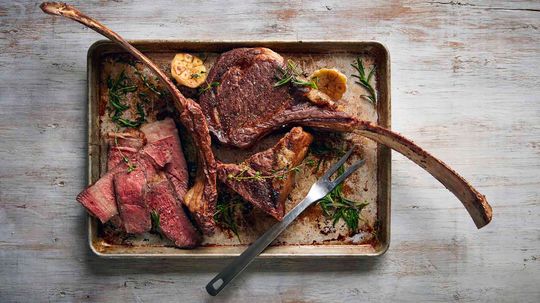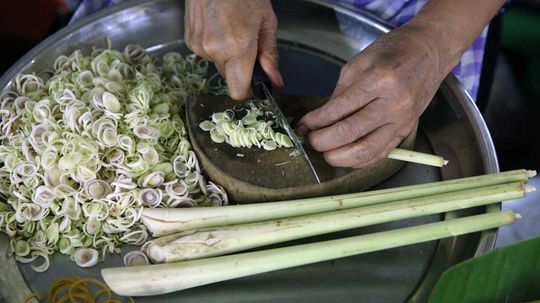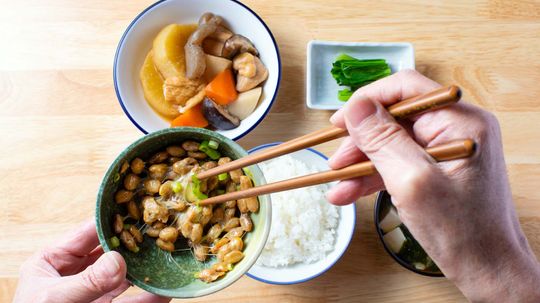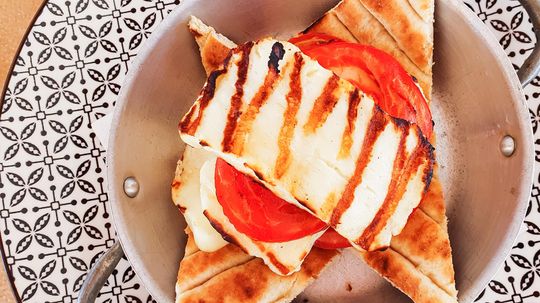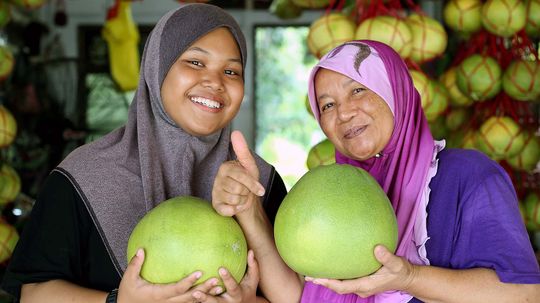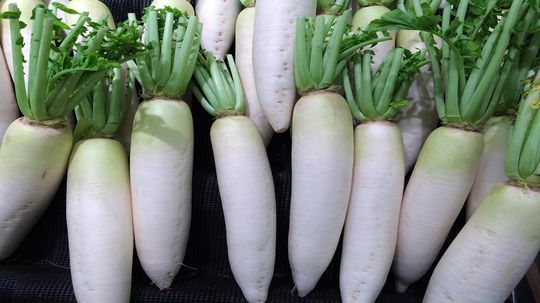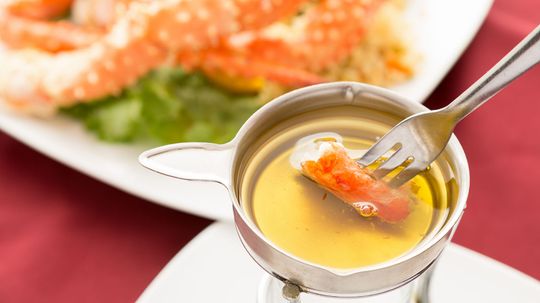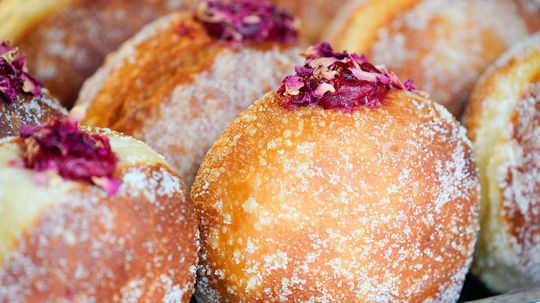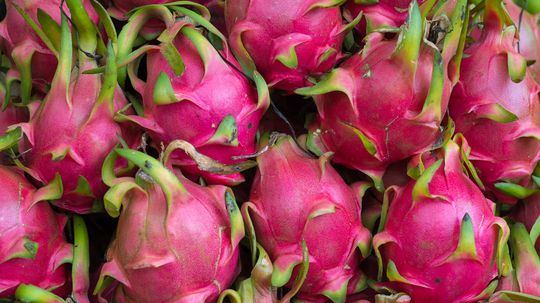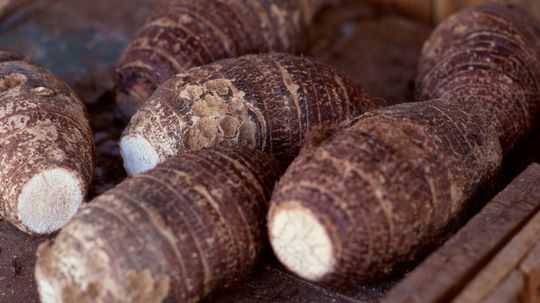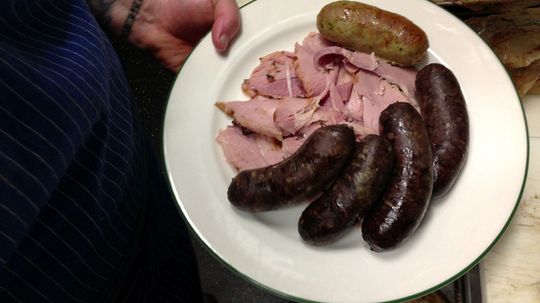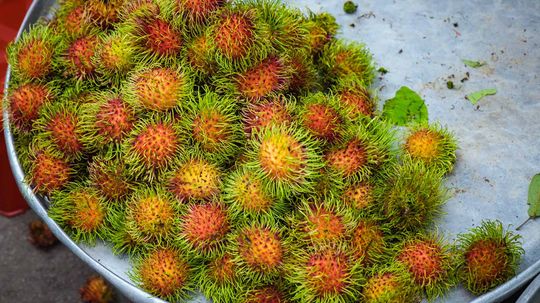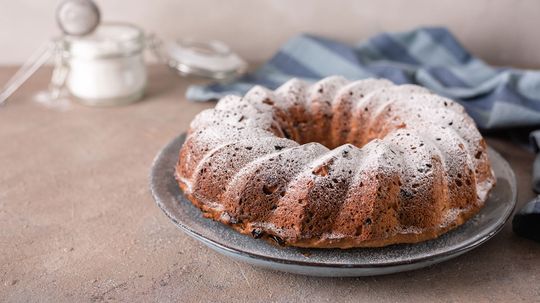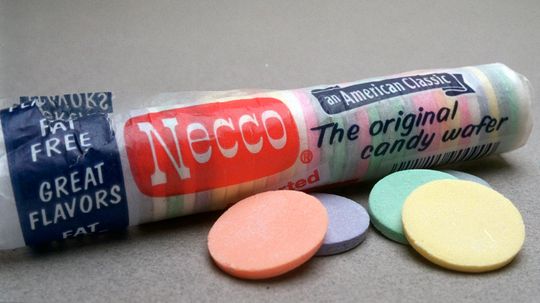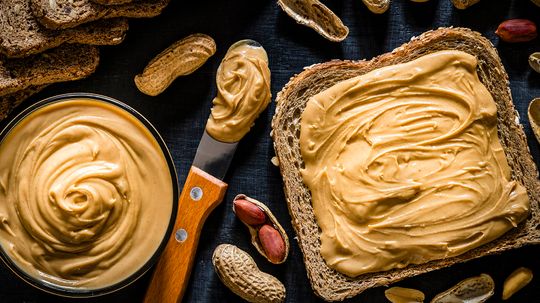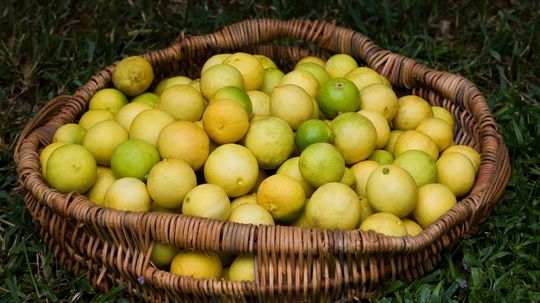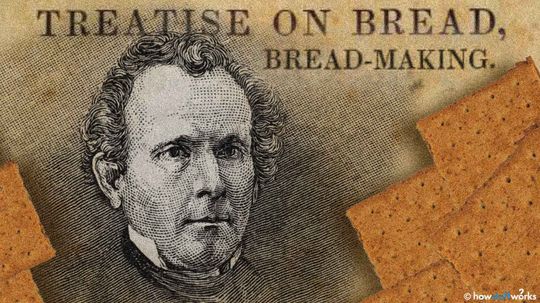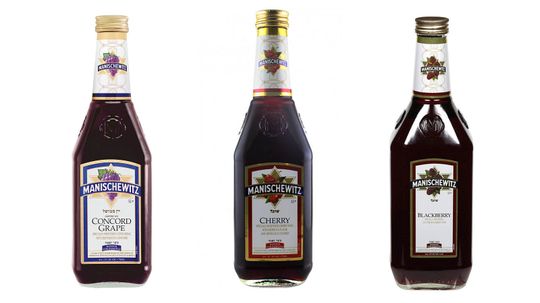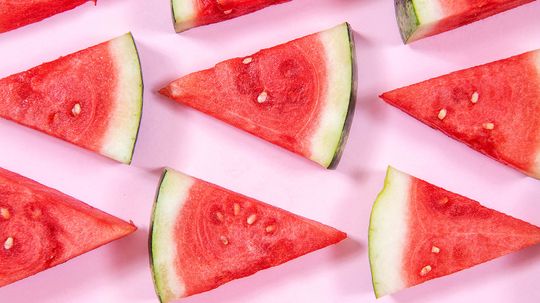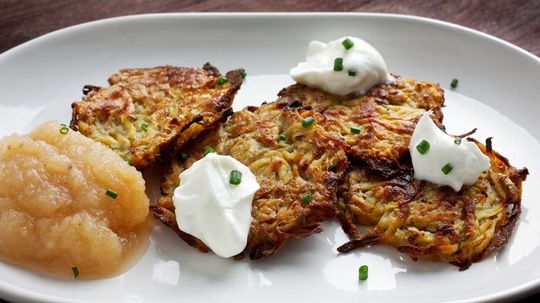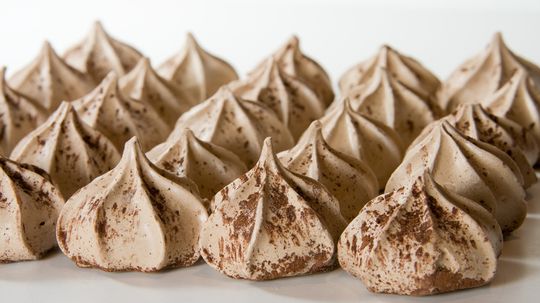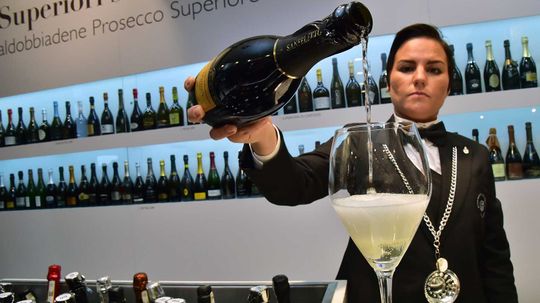Food Facts & Fun
Food Facts is a listing of articles that teaches you how all types of foods, drinks and diets work.
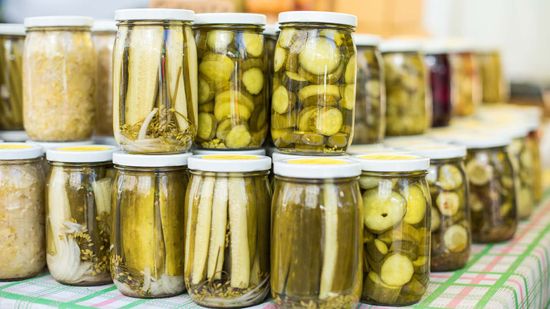
What's the Dill? The History of the Pickle
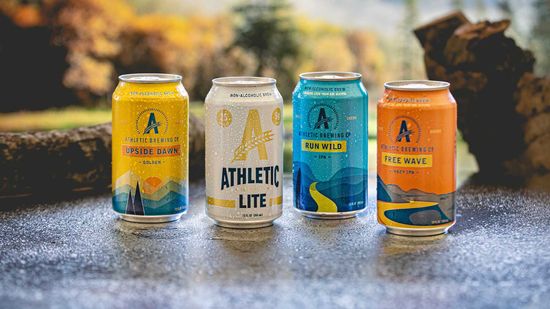
How Do Today's Brewers Make Non-alcoholic Beer?
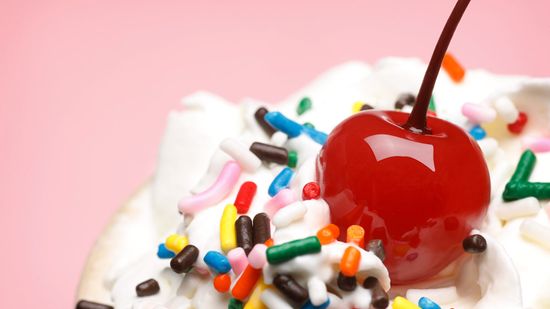
You Don't Want to Know How Maraschino Cherries Are Made

Mezcal vs. Tequila: A Guide to Agave-based Spirits

A Bottle of the World's Most Expensive Tequila Sold for $225,000

Diet Coke vs. Coke Zero: Is There Actually a Difference?
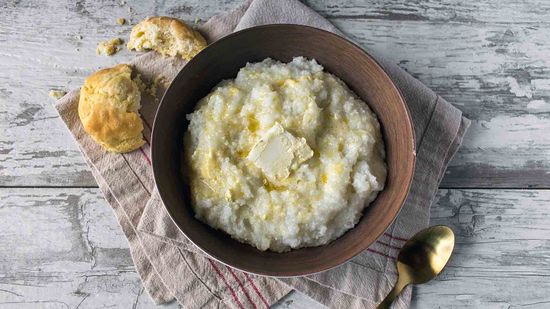
What's the Difference Between Grits and Polenta?
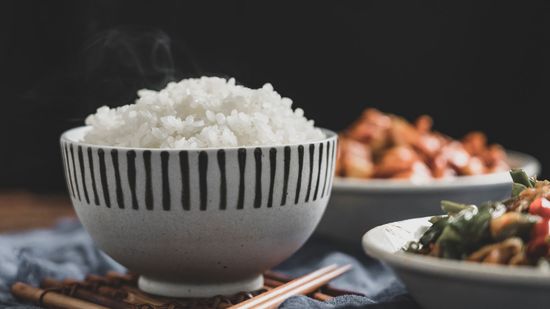
What's the Difference Between Basmati and Jasmine Rice?

Congee Is the Food Equivalent of a Warm, Heated Gravity Blanket
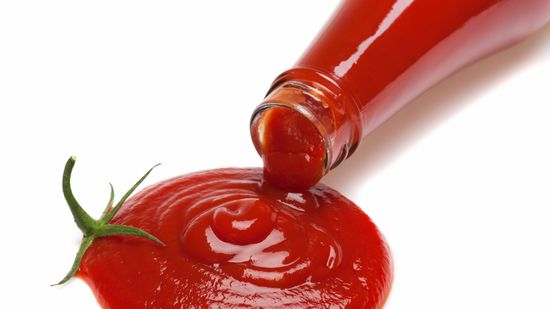
Is Tomato Catsup the Same as Tomato Ketchup?
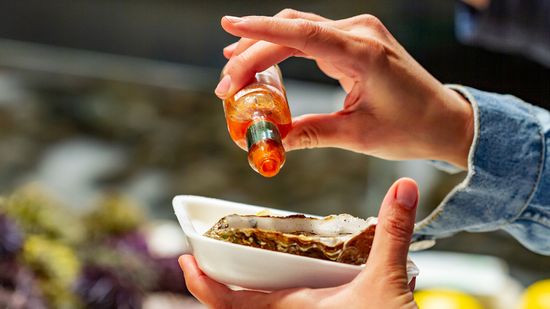
14 Hottest Hot Sauces in the World
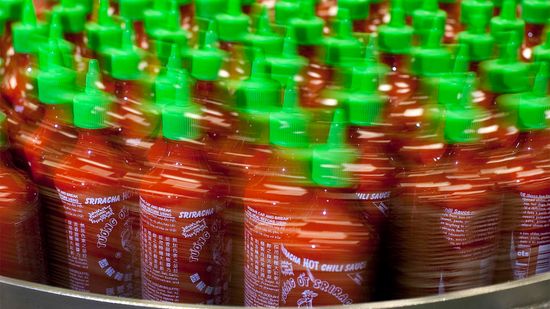
Why Sriracha Is Everybody's Favorite Hot Sauce

Get the Scoop on Our Ice Cream Quiz!
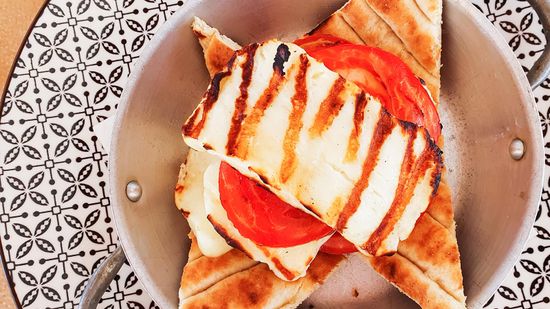
What Is Halloumi Cheese, and Why Is It Suddenly So Popular?
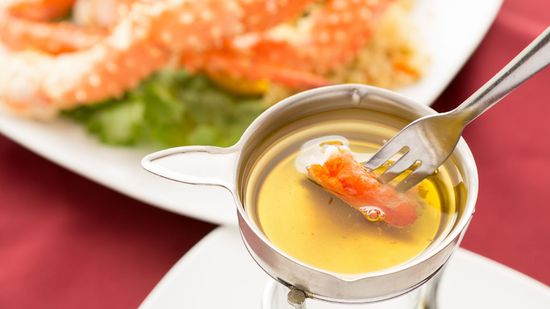
What's the Difference Between Clarified Butter and Ghee?
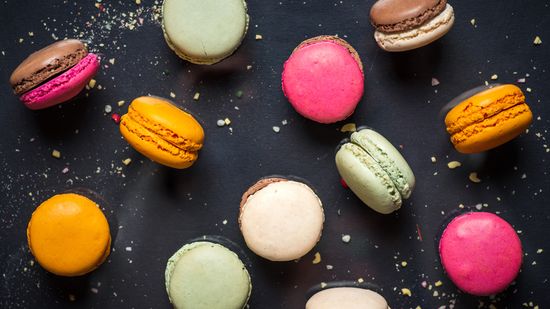
Macaroon vs. Macaron: Differentiating Between Sweet Treats
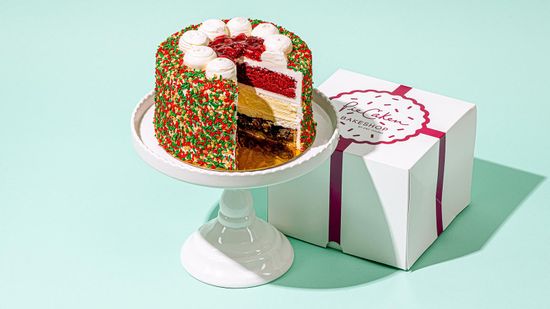
Move Over Turducken. The Christmas PieCaken Is Here
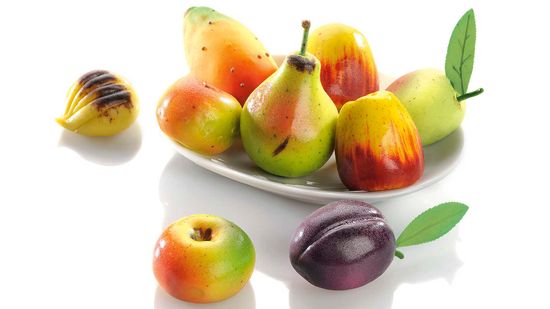
Marzipan Is the Sweet Almond Treat You Need This Holiday

Chow Mein vs. Lo Mein: Comparing Chinese Noodle Dishes
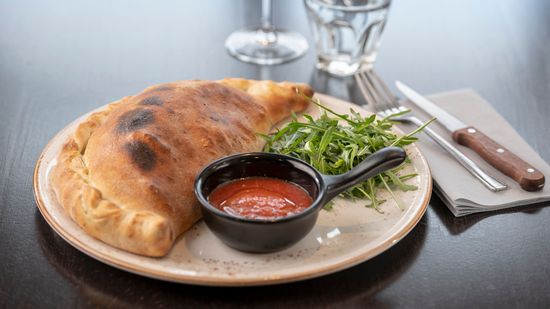
Stromboli vs. Calzone: Different Branches of Pizza Lineage

Is a Hotdog a Sandwich? We Try to Settle the Debate
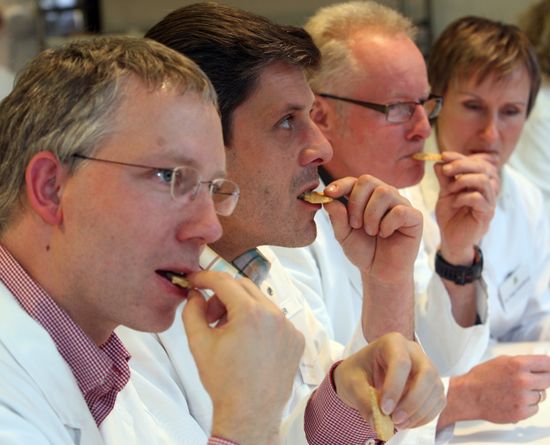
How Food Tasters Work

Top 5 Reasons You Know You Should be a Pastry Chef

How to Get Your Big Break into the Baking Business
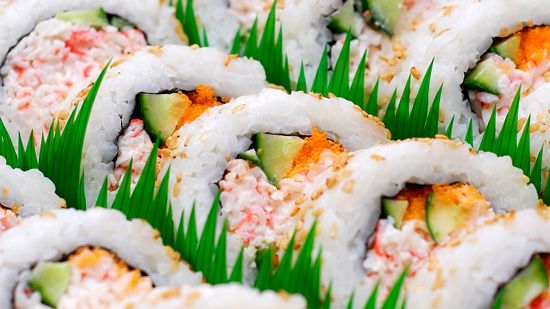
What Is Imitation Crab Meat? Is the Crab Substitute Vegan?
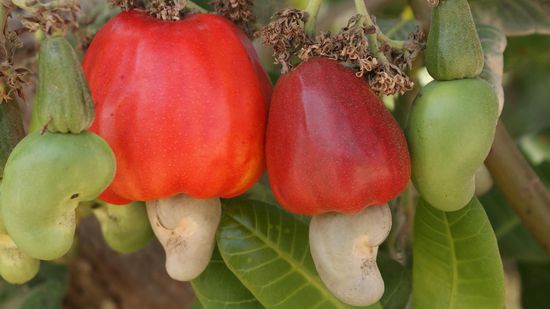
It's Nuts How These 6 Nuts Look Before Processing

What Are Hot Dogs Made Of?
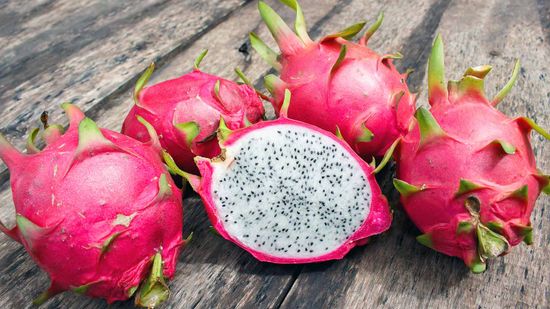
How to Eat Dragon Fruit
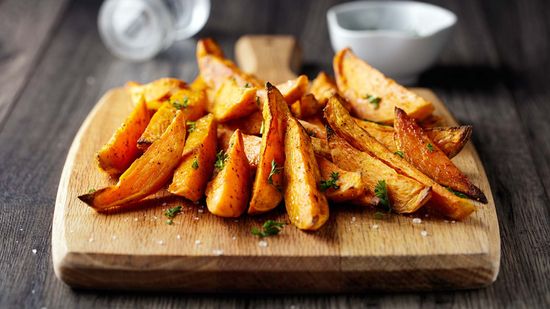
What's the Difference Between Sweet Potatoes and Yams?

Does Fruit Really Ripen Faster in a Brown Paper Bag?
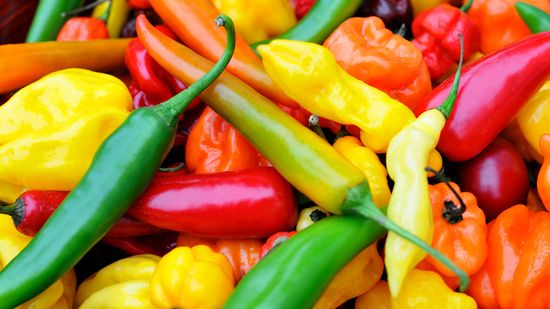
7 of the Hottest Peppers in the World
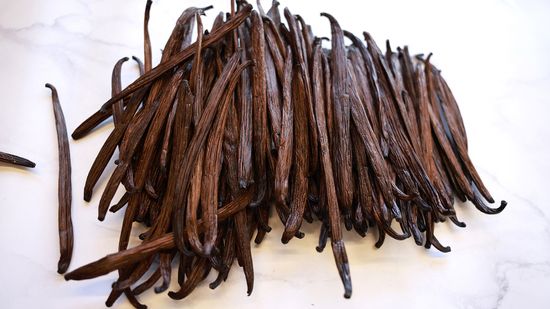
Where Does Vanilla Flavoring Come From?

Lemongrass Is a Prized Herb in Asian Cuisine

10 Flaming-hot Facts About Cheetos
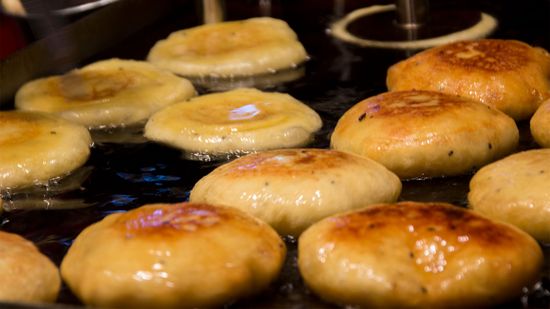
Korean Street Treat Hotteok Is Like a Warm Hug
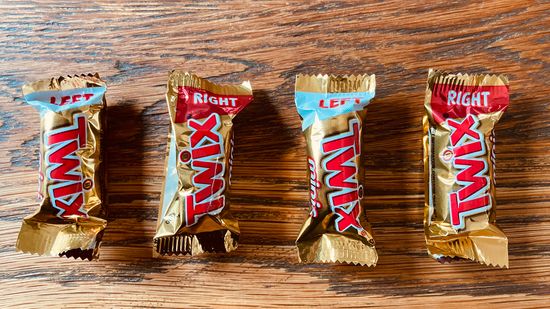
Is There Really a Difference Between the Left and Right Twix?

What's the Difference Between Champagne and Sparkling Wine?
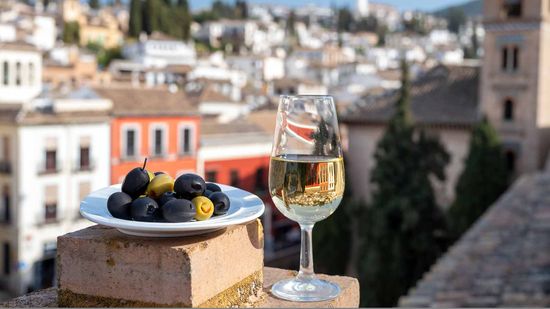
What's the Difference Between Port and Sherry?
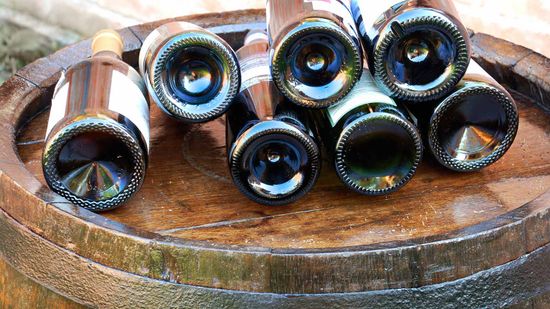
Why Does Your Wine Bottle Have a Dent in the Bottom?
Learn More / Page 4
A beloved ingredient in British children's literature, treacle has a long, sweet history. Let's dip in.
By Alia Hoyt
These steaks are touted as some of the best you can buy. They're expensive — and huge. But are they worth the high price tag?
By Muriel Vega
This grassy herb adds a bright, floral kick to many Asian dishes, from curries and soups to stews and teas. It can even be used to repel insects.
By Muriel Vega
Advertisement
It's slimy, stringy and even quite pungent, but natto is also chock full of nutrients. So what is this superfood that's been a staple in Japan for thousands of years?
Halloumi cheese, delicious all by itself, is a great alternative to meat because, fried or grilled, the flavor can't be beat.
Pomelos are the largest — and one of the oldest — fruits of the citrus family. They're native to southeastern Asia and are chock full of nutritional benefits.
By Jeremy Glass
Also known as winter radish, icicle radish, Chinese radish and Japanese radish, daikon has the crunchy texture of a red radish, but with a much milder taste.
Advertisement
You can up your culinary prowess by using either of these fats in your cooking. But is one better than the other?
By Muriel Vega
This warm, fluffy, Polish treat is stuffed with a cream- or fruit-based filling and is a pre-Lent staple served on both Fat Tuesday and Fat Thursday.
This pretty pink fruit is part of the flower of a climbing cactus. The plant likely originated in Central America but you can find the fruit almost anywhere today.
Taro is a starchy root tuber that looks a lot like a potato, but it's rich in polyphenols, giving it a bigger bang as a healthy alternative.
Advertisement
Food writer Calvin Trillin once estimated that 80 percent of boudin bought in Louisiana doesn't make it home — it's eaten right in the parking lot. Why are people so passionate about this sausage?
These two Italian cheeses may look similar on the outside. But it's what's revealed on the inside that makes them so deliciously different.
Its name is a derivative of a Mayan word for "hair" and by the looks of it you can see why. But how do you eat a rambutan and what does it taste like?
Caster sugar is a term you may have come across in a British baking book or website. But what does it mean really? And what sugar can you substitute for it?
Advertisement
These colorful, chalk-like wafers hit the market in 1847. But they certainly aren't the most flavorful of treats. So why are they the classic candy we love to hate?
By John Donovan
Aaaah ... peanut butter. For some, it's a staple food. But how much butter is there in a tablespoon of the stuff?
By Jeremy Glass
Many recipes call for kosher salt rather than regular table salt. But does it really matter? And can you substitute table salt if that's all you have on hand?
You may see a recipe for Key lime pie and wonder how important it is to use Key limes rather than regular Persian limes. What's the difference between them anyway?
Advertisement
Graham crackers were invented by Presbyterian minister Sylvester Graham as part of a radical 19th century diet. His goal? To curb joy and sexual desires.
This syrupy sweet wine is synonymous with Passover and other Jewish holidays. So why is it popular with so many people outside the Jewish community as well?
By Jeremy Glass
Yeah, anybody can hack up a watermelon, but what's the best way to cut one into presentable, uniform slices without cutting off your fingers at the same time?
By Jeremy Glass
Latkes are potato pancakes that are commonly eaten during Hanukkah. What's behind this delicious Jewish tradition?
Advertisement
It's not cream. And it's not creamy. But it is handy and inexpensive, and it'll give your food 'oomph.'
You might think prosecco and Champagne are the same because they both have bubbles, but you'd be wrong. So what's makes a quality prosecco?

